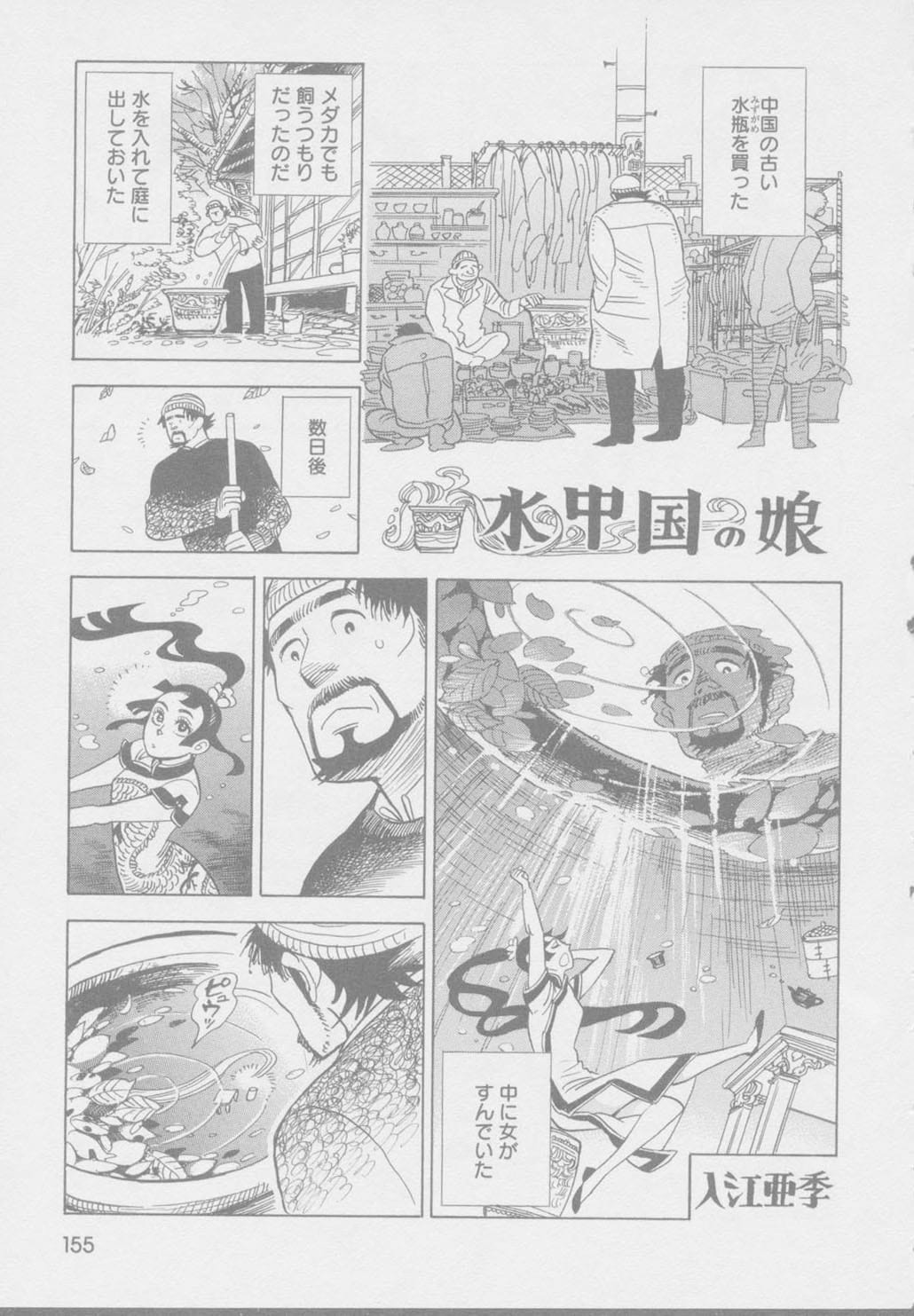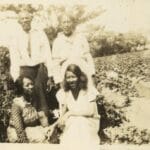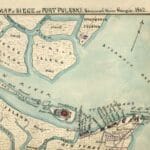Hey there, fellow adventurers! Ready to delve into a region of Japan that often gets overlooked? We’re talking about Chugoku, a hidden gem nestled on the western coast of Honshu. While Hiroshima and Miyajima Island’s iconic floating torii gate are undeniably impressive, Chugoku offers so much more than these well-trodden tourist spots. Prepare to embark on a journey through an authentic tapestry of history, nature, and culture, uncovering the true essence of Japan’s western frontier. Is Chūgoku worth visiting?
Unveiling Chugoku’s Hidden Charms
Forget the bustling crowds of Tokyo; Chugoku offers a refreshing escape from the typical tourist throngs. This region, rich in history, culture, and natural beauty, whispers stories of ancient Japan while simultaneously offering exciting modern adventures. Think of it as uncovering a secret layer of Japanese life, the kind you only find when you wander off the beaten path. Why does Japan have a region called China?
Chugoku is a tapestry woven from five distinct prefectures:
| Prefecture | What’s the Draw? | Potential Experiences |
|---|---|---|
| Hiroshima | Beyond the poignant Peace Memorial and Museum, discover Miyajima’s ethereal floating torii gate and explore the surrounding islands. | Reflect on history, immerse yourself in nature’s beauty, find solace in quiet moments. |
| Okayama | Journey back in time amidst the historical Kibi region’s ancient burial mounds and wander through Kurashiki’s charming canals, a town straight out of a postcard. | Explore ancient tombs, lose yourself in picturesque alleyways, perhaps try your hand at traditional crafts. |
| Shimane | Connect with ancient Japan in Izumo, a land of myths and legends, and marvel at the majestic Mount Daisen. | Feel the pulse of ancient history, hike a sacred mountain, perhaps encounter a local legend or two. |
| Tottori | Explore the otherworldly Tottori Sand Dunes and delve into the world of manga at the Gosho Aoyama Manga Factory. | Experience the surreal beauty of a desert landscape and immerse yourself in the captivating world of manga. |
| Yamaguchi | Discover tranquility amidst historic streets and marvel at the ingenious Kintai Bridge. | Wander historic pathways, uncover hidden temples, and simply relax. |
Experiencing the Magic of Chugoku
So, what adventures await in Chugoku? Here’s a glimpse:
For the History Buff: Chugoku is a treasure trove of ancient burial mounds, majestic castles, serene gardens, and sacred shrines. It’s a chance to connect with a layer of Japanese history that’s often overlooked.
For the Nature Lover: From rugged coastlines and towering mountain ranges to therapeutic hot springs and the mesmerizing Tottori Sand Dunes, Chugoku’s diverse landscapes offer a breathtaking escape.
For the Peace Seeker: Escape the hustle and bustle and wander through hidden villages, discovering unspoiled landscapes and connecting with the authentic heart of Japan.
For the Foodie and Art Enthusiast: Each prefecture boasts unique culinary traditions and crafts, from fresh seafood and intricate pottery to vibrant local markets.
For the Responsible Traveler: Embrace sustainable tourism to preserve Chugoku’s natural beauty and support local communities, ensuring future generations can also enjoy this region’s wonders.
Planning a trip to Japan? Consider venturing beyond the usual and exploring Chugoku. What does Chuugoku mean? It’s a chance to create lasting memories, far from the well-trodden tourist paths.
What does Chuugoku mean?
The name “Chuugoku” (中国) itself sparks curiosity. It literally translates to “middle country,” the same term used for China. This often leads to confusion, but the historical context reveals a different story.
Imagine yourself in ancient Japan, around the 9th century. Kyoto, the capital, was the center. Kyushu, to the southwest, was considered distant. Chugoku, located in between, became the “middle country,” bridging the heart of Japan and its periphery. Do you need to change your address with the MVC in New Jersey? Speed up your address change process by clicking this link now: change of address mvc nj
Centuries later, China adopted the term “Chuugoku” (中国). They saw themselves as the center of the world, the “Middle Kingdom.” This shared name isn’t about one region being named after another, but rather a fascinating example of parallel thinking.
| Prefecture | Key Features |
|---|---|
| Hiroshima | Atomic Bomb Dome, Miyajima Island |
| Okayama | Ancient burial mounds, Kurashiki canals |
| Shimane | Mount Daisen, Izumo Taisha Shrine |
| Tottori | Tottori Sand Dunes, Gosho Aoyama Manga Factory |
| Yamaguchi | Kintai Bridge, historic streets |
It’s important to note that ongoing research may shed new light on the origins of “Chuugoku.” Some scholars suggest older roots, and future discoveries could refine our current understanding.
Is Chūgoku worth visiting?
Seeking an authentic Japanese experience beyond the typical tourist trail? Chugoku might be just the hidden gem you’re searching for. This region, a birthplace of Japanese civilization, boasts archaeological sites dating back over 10,000 years.
Chūgoku offers a unique blend of ancient wonders and modern charm, all within a less-crowded setting. From towering mountains and dramatic coastlines to the Tottori Sand Dunes, a surprising mini-desert, the region’s landscapes are diverse and inspiring. Trigonometric equations can be tricky and overwhelming, but we have the perfect tool for you. Get your hands on our comprehensive cheat sheet for trigonometric identities today and become a master of these equations: cheat sheet trig identities
Beyond scenery, Chūgoku offers a chance to delve into the heart of Japanese culture. Interact with friendly locals, savor regional dishes, and wander through traditional villages.
| Experience | Description |
|---|---|
| Natural Wonders | Hike Mt. Daisen, explore the Tottori Sand Dunes, cruise the Seto Inland Sea. |
| Historical Immersion | Discover ancient burial mounds, reflect at Hiroshima’s Peace Memorial Park and Museum, explore Kurashiki’s historic streets. |
| Authentic Japan | Interact with locals, savor regional cuisine, explore traditional villages. |
| Unique Encounters | Visit Ōkunoshima (Rabbit Island), marvel at Miyajima’s floating torii gate. |
From the adorable bunnies of Ōkunoshima (Rabbit Island) to the iconic floating torii gate of Miyajima, Chugoku offers truly unique experiences. So, is Chūgoku worth visiting? Absolutely! It’s a region with something for everyone, from nature enthusiasts and history buffs to foodies seeking unforgettable adventures.
Why does Japan have a region called China?
The fact that Japan has a region called “China” (or more accurately, “Middle Kingdom”) often raises eyebrows. Let’s unravel this fascinating naming overlap.
The term “Middle Kingdom” (Chugoku in Japanese) reflects an ancient way of looking at the world. It’s about perceiving oneself as the center. For Japan’s Chugoku, it was being the “middle” within Japan itself, not the world. China’s use of the same term stemmed from their historical view of themselves as the center of the civilized world.
This shared concept led to the same characters being used. Think of it like two friends choosing the same name for their pets – same name, different stories.
Japan’s Chugoku, comprising five prefectures, is a beautiful region often overlooked. Yet, it offers hidden treasures – ancient temples, stunning landscapes, bustling cities, and charming villages.
Here’s a recap:
- Japan’s Chugoku and the country of China share the same characters meaning “Middle Kingdom.”
- Japan’s Chugoku name reflects a historical, internal Japanese perspective on geography.
- China’s use of “Middle Kingdom” signifies its historical self-perception as the world’s center.
- Despite the shared name, Japan’s Chugoku has its own unique history, culture, and attractions.
It’s important to remember that our understanding of history is always evolving. New research could offer additional insights. The explanations provided here are generally accepted, but alternative theories may exist.
- Discover Long Black Pepper: Flavor & Health Benefits - April 25, 2025
- Shocking Twists: The Grownup Review: Unreliable Narration - April 25, 2025
- A Quiet Place Book vs Movie: A Deep Dive - April 25, 2025

















2 thoughts on “Chugoku: Exploring Japan’s Western Gem Beyond Hiroshima and the Tourist Trail”
Comments are closed.